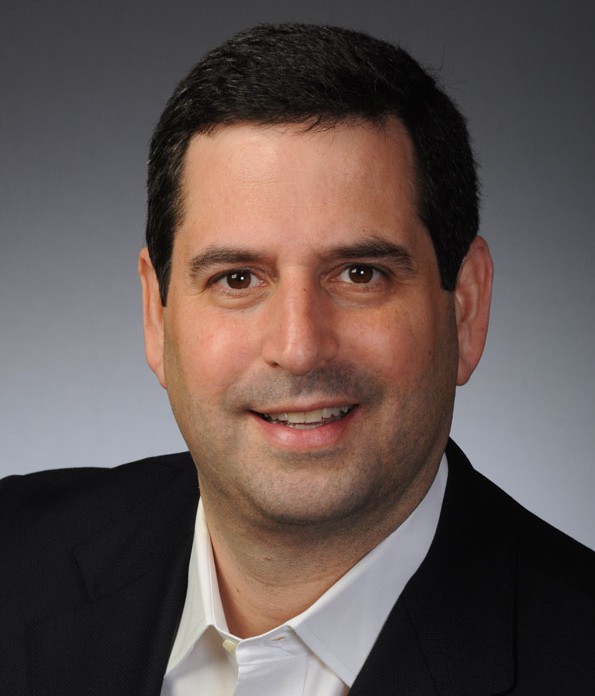
The day before Stormy Simon interviewed with Overstock.com, which at the time was one among only a few major e-commerce retailers, she had one important question that she needed answered: “What’s e-commerce?” Like many others at the time, Simon didn’t grasp the concept before she first went to work for the company almost 11 years ago. Over time, however, Simon has helped shape the face of e-commerce leadership through the “O”—from being one of the first e-commerce firms to advertise on television to building a world-class customer-care center. Growing its product offerings from less than a 100 to hundreds of thousands, Overstock has evolved from its 1999 roots of $1.8 million in revenue to more than $1.1 billion in 2011. We chat with Simon about her career highs at the company, where she works as senior vice president of customer and partner care at Overstock’s Salt Lake City headquarters.
In December 2001, a friend from a temp agency convinced me to apply at Overstock. She told me it was a really great place, very innovative, and they were looking for good people. She said they’re an e-commerce company, and I asked, “What’s e-commerce?” The next day, I interviewed with Overstock CEO Patrick Byrne, and he put me to work in the B2B department. We were literally cold calling jewelry stores or other retailers and selling them on the idea of buying their inventory online for less, and we would ship it right to their door. It was a tough sell back then, but I eventually moved on to manage that department and grew it to about $15 million.
Early on, I had an idea: “Discover the secret of the big ‘O.’” I went to our CEO and asked whether he had ever considered offline advertising, such as television. I had to sell him on it, but we started the campaign in October 2003. At the same time, the business was growing so quickly that Patrick no longer had the luxury of working closely with each employee, so we created The Office of the CEO, where we housed the departments that Patrick wanted to influence; it included public relations, which we brought in-house, and our branding efforts.
In 2005, I requested to take over customer care. We announced a vision for improving the customer experience, implemented agent certifications and education programs, and improved agents’ responsiveness. We also celebrate our agents’ service excellence during National Customer Service Week in October. As a result of their hard work, we’ve been named among the top five in customer-service rankings according to the NRF Foundation/American Express Customer Service Survey for the past six years. We were also recognized by the Gartner & 1to1 Media CRM Excellence Awards as a Customer Champion, and won the prestigious Stevie Awards in 2011.
I remember this young employee telling me that we needed to have a Twitter account. I responded with, “What’s a Twitter?” I had no idea. In the Internet world, with all these new media channels, we have to constantly figure out how consumers want to interact with our brand. Now there’s Pinterest, and we have to again figure out what it is and how we might use it to benefit customers. We have to keep thinking, what’s next? What’s going on right now that we don’t even know? We have to constantly and quickly adapt.
In October 2001, Patrick started Worldstock Fair Trade. He was riding a bike in Cambodia and saw villagers making baskets. He unfortunately wrecked his bike and broke his arm. As he recovered, he watched them and realized an opportunity to create a venue for these artisans to sell their unique goods for low cost, and created Worldstock.com. We run it at break even and give artisans around the world 60 to 70 cents on every dollar. To date, we’ve given almost $80 million. Two years ago, we started the Main Street Revolution, working with entrepreneurs in America. We give local and regional suppliers a national platform for selling their goods.
We began working with Wounded Warrior Project in 2008. Customers can add a dollar at checkout, and 84 cents of each dollar goes directly to soldiers and their families. Among other things, we sponsor their Project Odyssey program, which helps acclimate wounded soldiers back into society. I like to say our department is like a wheel, and everyone from a manager to an agent represents a spoke—each one equally important. We are a collaborative effort. Any time we don’t buy into that, we aren’t going to operate smoothly.

